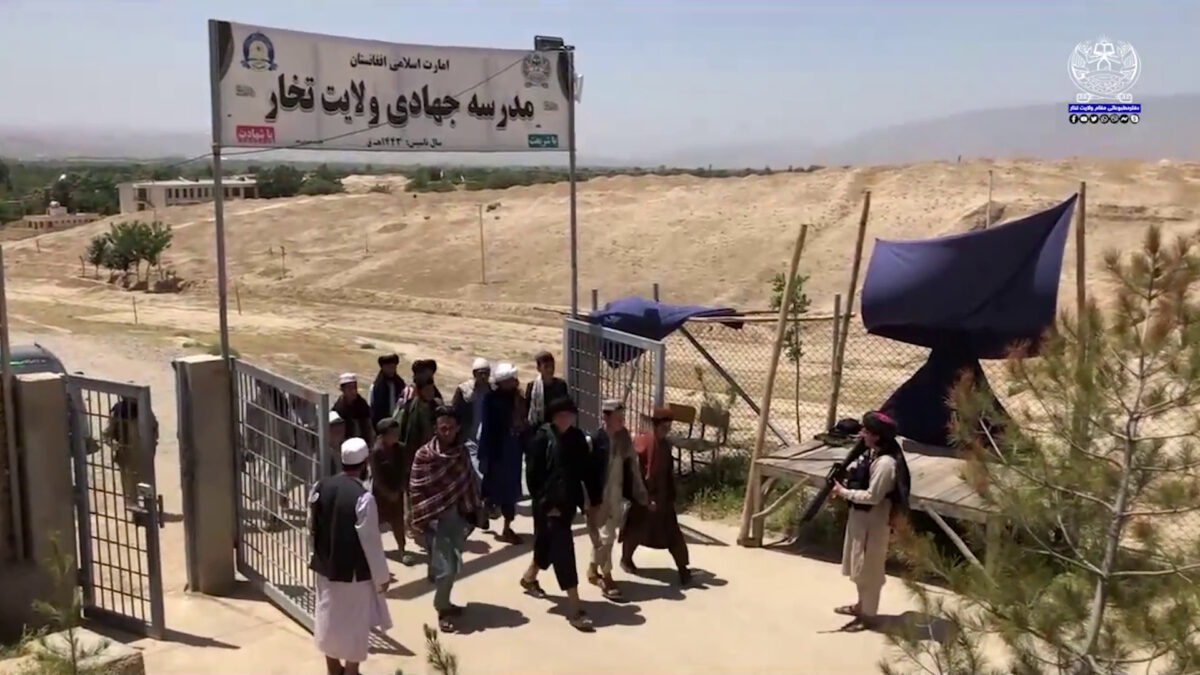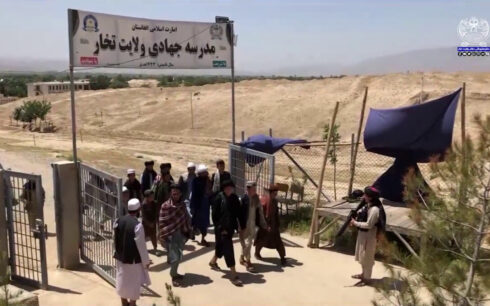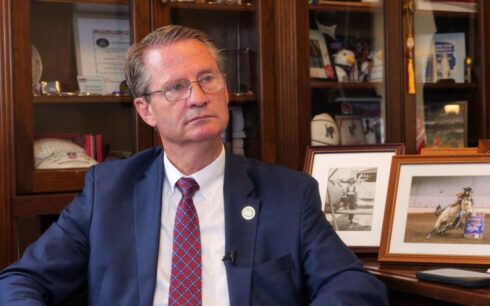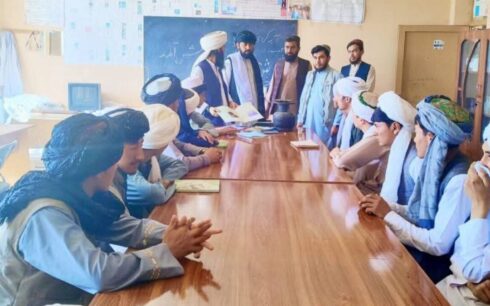KABUL — The Taliban-run Ministry of Education significantly ramped up the construction of religious schools across several provinces during the month of Sawr (April 21 to May 22), tripling the number built compared with the previous month, according to data reviewed by Amu.
In Sawr, nine religious schools were built in the provinces of Ghazni, Paktia, Kandahar, Badakhshan, Faryab, and Panjshir. This marks a sharp increase from the month of Hamal (March 20 to April 20), when only three schools were constructed.
The latest project includes the foundation-laying of the “Jihadi Madrasa of Kuran and Munjan” in Badakhshan, announced five days ago. The school is being built on 14 jeribs (roughly seven acres) of land and is expected to accommodate 400 classrooms.
At a graduation ceremony in Kabul for students at Hazrat Hanzala Madrasa, an instructor noted rising interest among youth in religious education. “This ceremony is to encourage and show appreciation to our students,” said Sherzad Rahmani, a teacher at the madrasa. “When we began, we had only one student at the turban ceremony. Then two, and now we are celebrating the graduation of eight huffaz [those who have memorized the Qur’an]. We expect even more in the future.”
One student urged others to follow suit, saying: “My message to the youth is to awaken from negligence and hold onto the rope of Allah so that we, our country, and the Islamic community may succeed.”
Taliban have even expanded madrasa construction within military compounds. Last week, state-run Radio Television Panjshir reported that a new religious school named “Jamia Darul Uloom Al-Islamiya Ashab al-Suffa” was being built inside the Panjshir provincial police headquarters.
Some human rights advocates have raised concerns about the militarization of education, warning that embedding madrasas within security installations risks turning religious students into militarized recruits.
The surge in madrasa construction comes amid broader budget constraints. Taliban have also begun downsizing government employees, particularly teachers, due to budget shortfalls. Yet, budget allocations for building madrasas remain intact.
Amu’s review of public updates from the Taliban Ministry of Education also shows that, during the same month, the ministry built four mosques in the provinces of Laghman, Maidan Wardak, Nangarhar, and Herat. Additionally, funding was allocated to expand classrooms at the Haqqani Madrasa in Paktika.
While Afghanistan’s formal education system continues to struggle under Taliban rule—with many girls barred from attending school—their administration appears to be doubling down on religious infrastructure, reinforcing their vision of Islamic governance and education.





